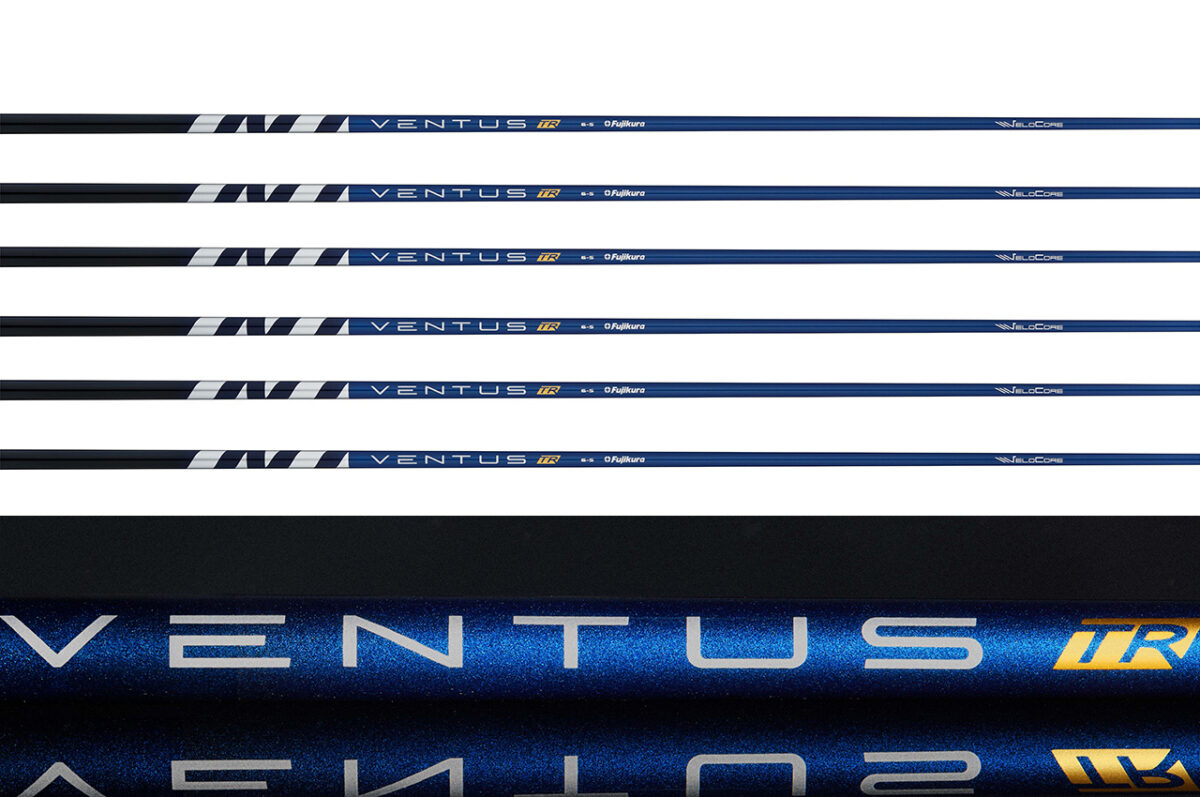Dustin Johnson was stalking a 14-foot putt at the WGC-Dell Technologies Match Play Championship like a leopard might circle around an unsuspecting antelope. As he address the ball, an NBC Sports analyst made golfers who follow equipment closely cringe.
“You know, Dustin’s coach, Claude Harmon III, told me he used three different putters in four rounds last week at the Valspar Championship and settled on old faithful this week (a TaylorMade Spider Tour Black), but he put a graphite shaft in it for a little different feel,” said Gary Koch.
The comment about three different putters in four rounds didn’t grab my attention, but the tidbit about adding a graphite shaft sure did.
With all due respect to Koch, Johnson has been using a graphite shaft in his putter, all of his putters, since the 2021 U.S. Open at Torrey Pines. That week, he signed an endorsement deal with L.A. Golf (LAGP), the same company that makes the shafts in Bryson DeChambeau’s woods, irons, wedge and yes, his putter too.

While steel putter shafts still reign supreme at the professional level and among recreational golfers too, there is a small but growing number of players who are tinkering with composite shafts that are made primarily using graphite. Kevin Na has been using a graphite putter shaft since 2019 and had one in his Odyssey Toulon Design putter when he won the 2021 Sony Open in Hawaii. Anna Nordqvist had one in her putter when she won the 2021 Women’s British Open and competed in last season’s Solheim Cup. Tommy Fleetwood, Rickie Fowler, Sandra Gal, Jeongeun Lee6, Marc Leishman, Shane Lowry, Francesco Molinari and Michelle Wie West have also each used a graphite putter shaft recently.
According to brands that make graphite putter shafts, the advantage they can have over their steel counterparts is versatility.
A typical steel putter weighs about 125 grams and to create one that is more flexible, manufacturers typically need to make the walls thinner, which also makes the shaft lighter. Conversely, to make a steel shaft stiffer, they need to make the walls of the shaft thicker, which adds more weight.
Graphite is much lighter and shaft companies can layer sheets of material at different angles and use different blends to increase or decrease stiffness while keeping the weight the same. They can also make specific areas of the shaft stiffer or more flexible, to give the shaft different playing qualities without changing the weight or diameter.

This leads to the other edge graphite can have over steel when it comes to putter shafts. By making the tip section very stiff without adding weight, graphite putter shafts can help the face resist twisting when you strike a putt toward the heel or toe. That will effectively increase any putter’s moment of inertia (MOI), so if you hit a putt outside the ideal hitting area, many graphite shafts can help the face stay pointed at your target line more effectively. The result, theoretically, is the ball rolls where you aimed more often and it doesn’t lose as much speed on mis-hits, so your distance control is better too.




